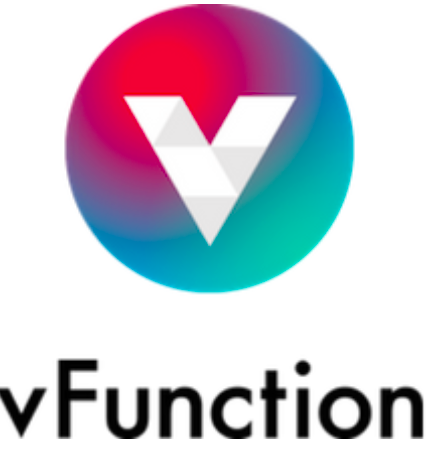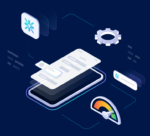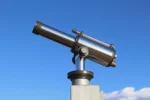
The vFunction Continuous Modernization Manager (CMM) platform is now available, enabling software architects to shift left and find and fix application architecture anomalies. vFunction also announced a new version of vFunction Assessment Hub and updates to vFunction Assessment Hub.
CMM observes Java and .NET applications and services to set baselines and monitor for any architectural drift and erosion. It can help companies detect critical architectural anomalies such as new dead code in the application or the emergence of unnecessary code.
“Application architects today lack the architectural observability, visibility, and tooling to understand, track, and manage architectural technical debt as it develops and grows over time,” said Moti Rafalin, the founder and CEO at vFunction. “vFunction Continuous Modernization Manager allows architects to shift left into the ongoing software development lifecycle from an architectural perspective to manage, monitor, and fix application architecture anomalies on an iterative, continuous basis before they erupt into bigger problems.”
The platform also identifies the introduction of a new service or domain and newly identified common classes that can be added to a common library to prevent further technical debt.
Finally, it monitors and alerts when new dependencies are introduced that expand architectural technical debt, and identifies the highest technical debt classes that contribute to application complexity. Users are notified of changes through Slack, email, and the vFunction Notifications Center, allowing architects to then configure schedules for learning, analysis, and baseline measurements through the vFunction Continuous Modernization Manager.
The latest release of vFunction Modernization Hub 3.0 allows modernization teams to collaborate more effectively by working on different measurements in parallel and later merging them into one measurement. Additionally, the vFunction Assessment Hub now includes a Multi-Application Assessment Dashboard that allows users to track and compare different parameters for hundreds of applications, such as technical debt, aging frameworks, complexity, and state, among others.
All three products are available in the company’s Application Modernization Platform.






